Categorie
- iridologia (226)
- Lettura degli occhi (24)
- Software QR (15)
- Blog (263)
- Illustrazione dell'iridologia (35)
- corso online di iridologia (54)
- iridologia (59)
- Mostra (2)
- Notizia (411)

Eye reading for health encompasses various techniques that analyze different parts of the eye to detect potential health issues. These methods range from ancient practices to cutting-edge medical technologies used by ophthalmologists today.
Iridology is the study of the iris (the colored part of the eye) to determine information about a person’s health status. Practitioners believe that specific patterns, colors, and changes in the iris can indicate health conditions in corresponding parts of the body.
Iridologists use charts that divide the iris into zones, each supposedly connected to different organs and body systems. They examine these zones for abnormalities in pigmentation or structure that might suggest health problems.
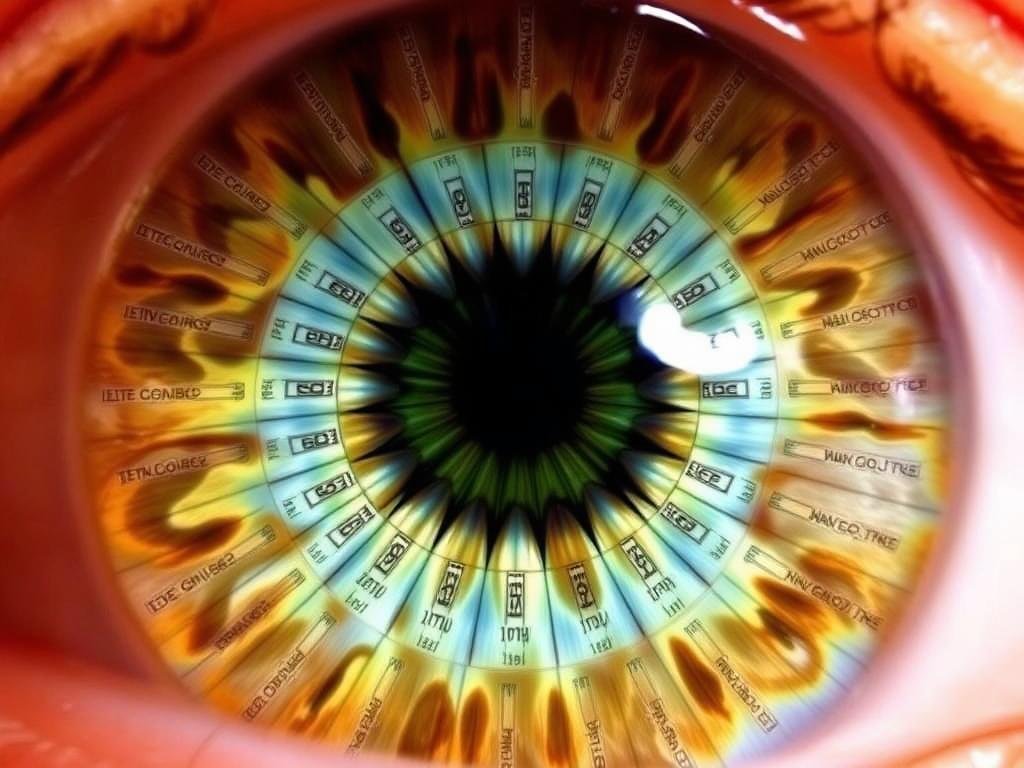
In contrast to iridology, modern medical eye examinations use scientifically validated techniques to detect health issues. Ophthalmologists and optometrists can observe blood vessels, nerves, and tissues in the eye that may reveal conditions affecting the entire body.
These examinations often include retinal imaging, which can detect signs of diabetes, hypertension, and other systemic diseases before symptoms appear elsewhere in the body.
Regular eye exams can detect health issues before they become serious problems. Don’t wait for symptoms to appear.
The scientific validity of eye reading techniques varies significantly between traditional practices and modern medical approaches.
Despite its long history, iridology lacks substantial scientific support. Multiple controlled studies have failed to demonstrate that iridologists can consistently detect diseases through iris examination.
A systematic review published in the journal Forsch Komplementärmed (1999) examined four case-control studies and concluded that iridology’s efficacy was not supported by scientific evaluations. Another study in the Archives of Ophthalmology (2000) suggested that iridology has shown little benefit and could potentially cause harm by leading to unnecessary treatments or delayed proper medical care.
In contrast, conventional medical eye examinations have strong scientific backing. The eye is the only place in the body where blood vessels can be directly observed without invasive procedures, making it invaluable for detecting vascular conditions.
Research published in medical journals consistently demonstrates that retinal imaging and other eye examination techniques can reliably detect signs of diabetes, hypertension, autoimmune disorders, and even certain neurological conditions.
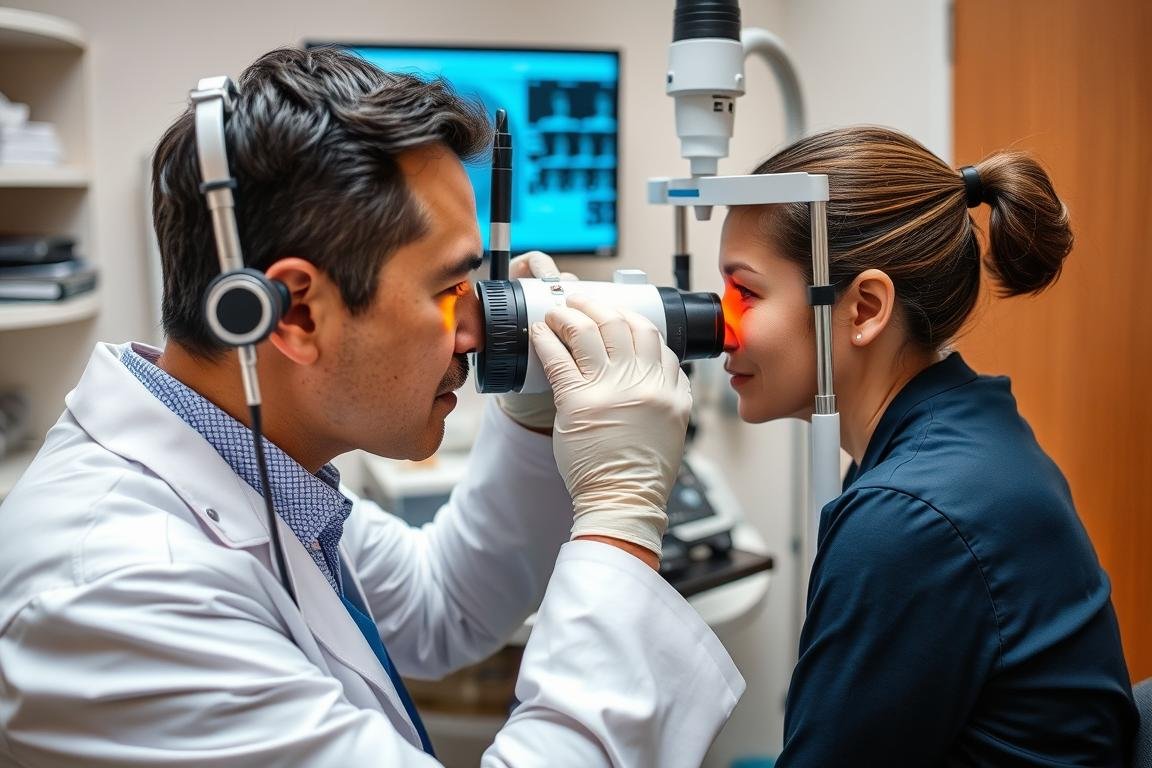
While iridology’s claims remain unproven, your eyes can indeed reveal legitimate signs of various health conditions when examined by medical professionals.
| Eye Appearance | Potenziale indicazione di salute | Medical Significance |
| Yellowish sclera (whites of eyes) | Jaundice, liver problems | May indicate liver disease or bile duct obstruction |
| Bulging eyes | Hyperthyroidism (Graves’ disease) | Overactive thyroid causing tissue inflammation behind eyes |
| Visible blood vessel changes in retina | Hypertension, diabetes | Indicates vascular damage that may affect other organs |
| Ring around cornea (arcus senilis) | High cholesterol (in younger people) | May indicate cardiovascular risk factors |
| Red, itchy eyes with discharge | Allergies, infections | May indicate environmental sensitivities or contagious conditions |
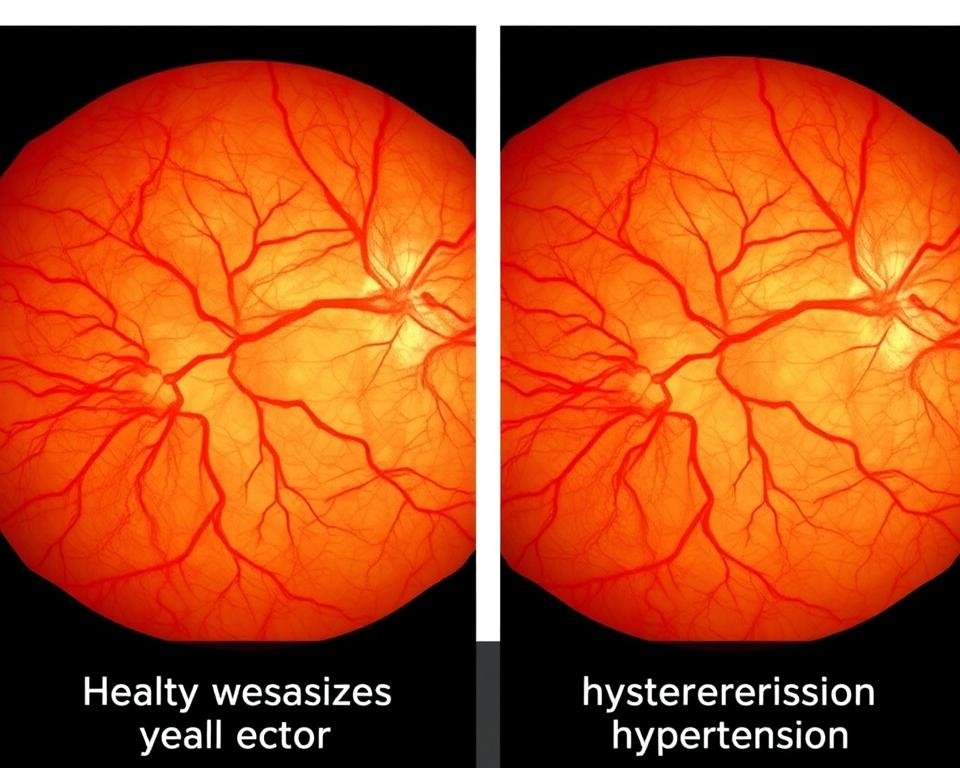
During a comprehensive eye examination, eye care professionals can detect signs of numerous health conditions, including:
Only a qualified eye care professional can properly interpret what your eyes reveal about your health.
The approaches to eye reading have evolved dramatically over centuries, from ancient observational techniques to today’s advanced imaging technologies.
Eye reading practices date back thousands of years. Some believe that forms of iridology emerged in ancient Egypt, India, and China over 3,000 years ago. However, modern iridology is often credited to Hungarian physician Ignatz von Peczely in the 1800s, who reportedly noticed iris changes in an owl with a broken leg and later developed the first detailed iris chart.
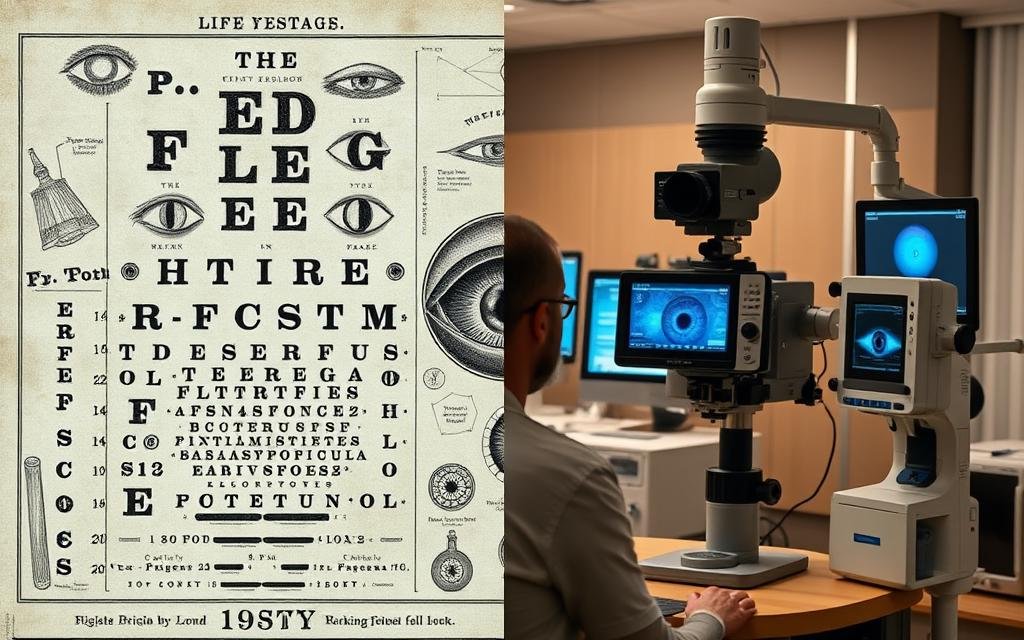
Today’s eye diagnostics utilize sophisticated technologies that provide objective, measurable data about eye health and systemic conditions:
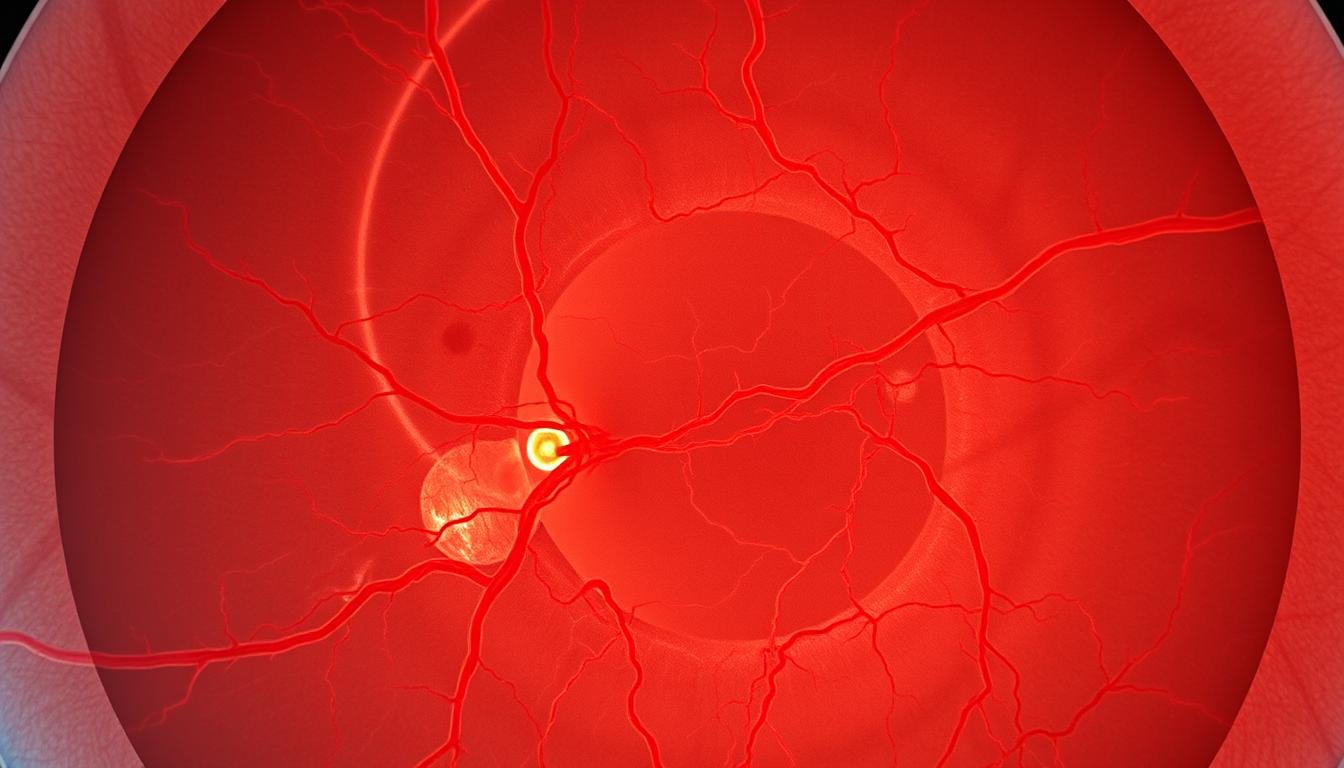
While traditional iridology relies on subjective interpretation of iris patterns without standardized diagnostic criteria, modern ophthalmological techniques provide quantifiable data that can be verified through multiple testing methods and correlated with established disease markers.
The key difference lies in reproducibility and validation – modern techniques consistently produce the same results when repeated by different practitioners, while iridology readings often vary significantly between practitioners.
Modern eye examinations use advanced technology to detect health issues early, when they’re most treatable.
Regardless of your interest in eye reading for health, there are practical steps you can take to monitor your eye health and potentially catch early signs of health issues.
Schedule an appointment with an eye care professional if you notice any of these changes:
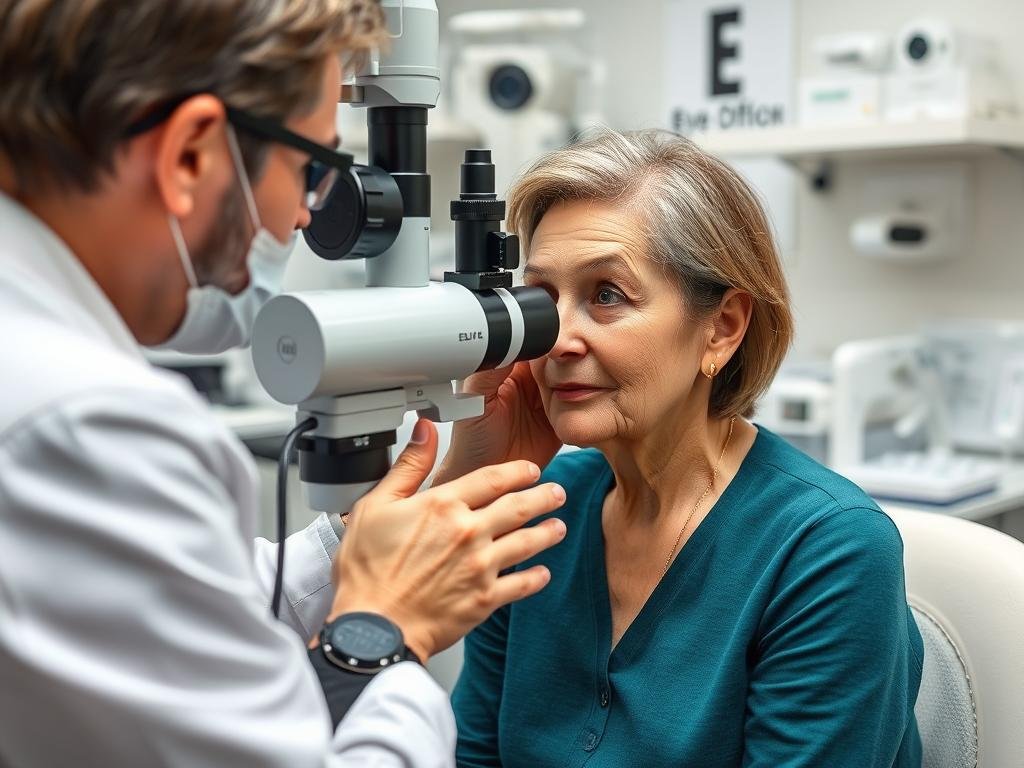
| Gruppo di età | Recommended Frequency | Considerazioni speciali |
| Children (0-5) | At 6 months, 3 years, before first grade | More frequent if family history of eye conditions |
| School-age (6-18) | Every 1-2 years | More frequent if wearing corrective lenses |
| Adults (19-64) | Ogni 2 anni | Annually if diabetes, high blood pressure, or family history of eye disease |
| Seniors (65+) | Annualmente | Higher risk for age-related conditions like macular degeneration |
While not a substitute for professional care, you can monitor basic aspects of your eye health between examinations:
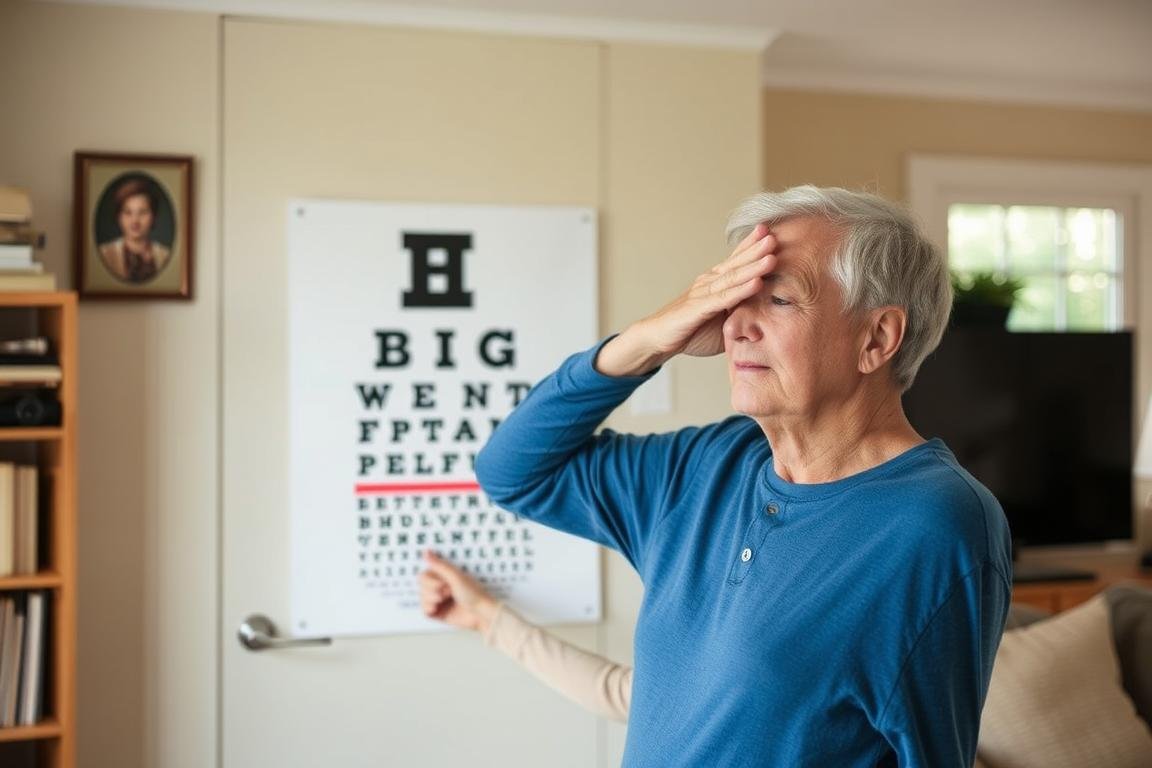
Understanding the controversies surrounding eye reading methods is essential for making informed healthcare decisions.
Several ethical concerns arise when considering eye reading for health, particularly with non-medical approaches like iridology:
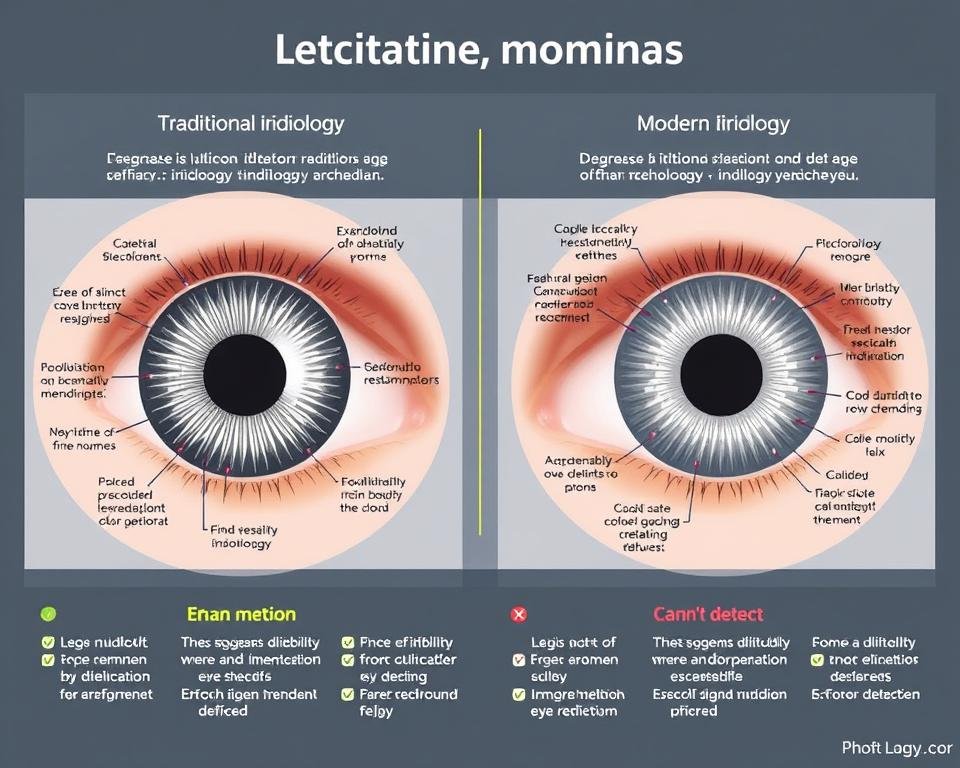
While your eyes can reveal valuable health information, it’s crucial to understand the limitations of different diagnostic approaches:
The most effective approach to health monitoring combines multiple diagnostic methods:
Regular comprehensive eye exams are essential for detecting both eye conditions and signs of systemic health issues.
The eyes do indeed offer valuable insights into your overall health, but the methods used to interpret these signals vary significantly in their scientific validity and clinical usefulness.
While traditional practices like iridology continue to attract interest, they lack the scientific validation and standardization that modern medical eye examinations provide. The most reliable approach combines regular professional eye care with comprehensive healthcare that addresses all aspects of your wellbeing.
Remember that your eyes deserve professional care not only for vision correction but as an important window into your overall health. By scheduling regular comprehensive eye examinations with qualified professionals, you can benefit from early detection of both eye conditions and potential systemic health issues.
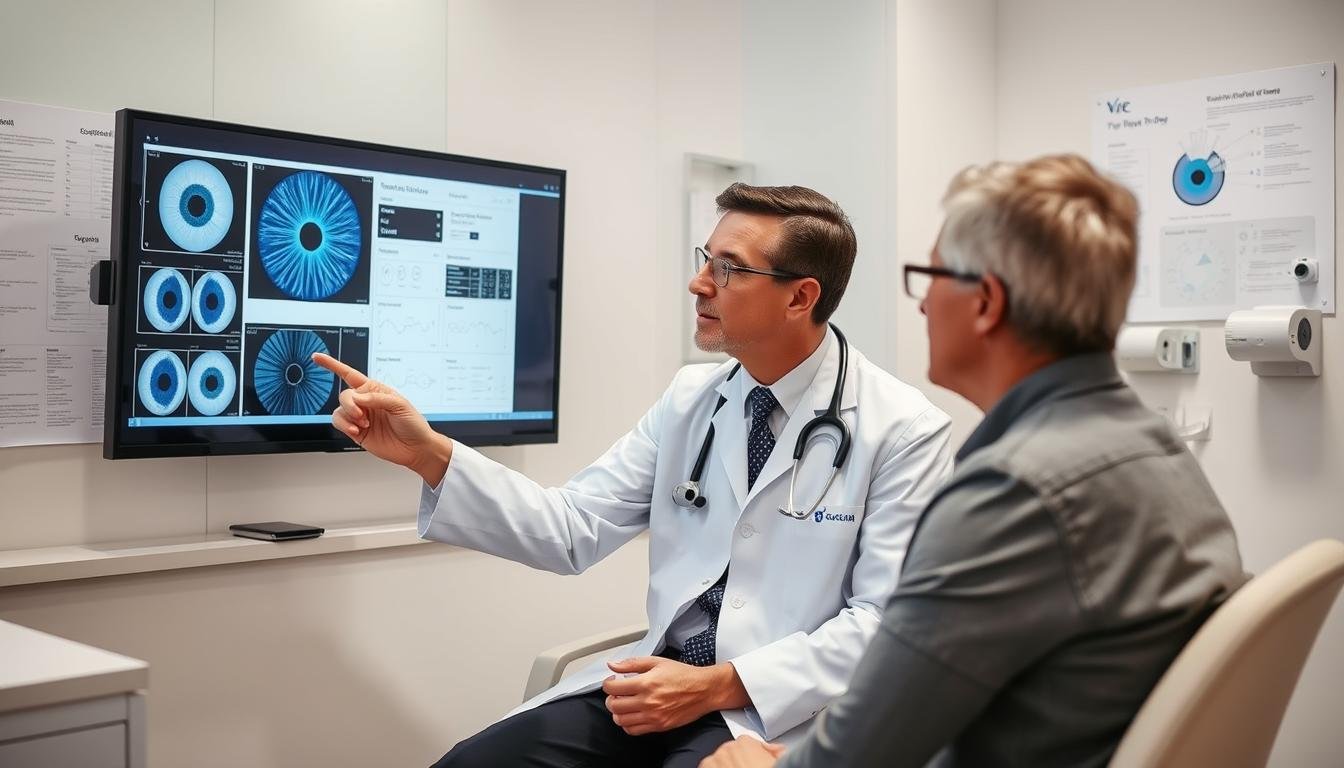
Your eyes deserve professional care from experts who understand both vision and overall health.
SOFTWARE MAIKONG IRIDOLOGIA Installazione e funzionamento
